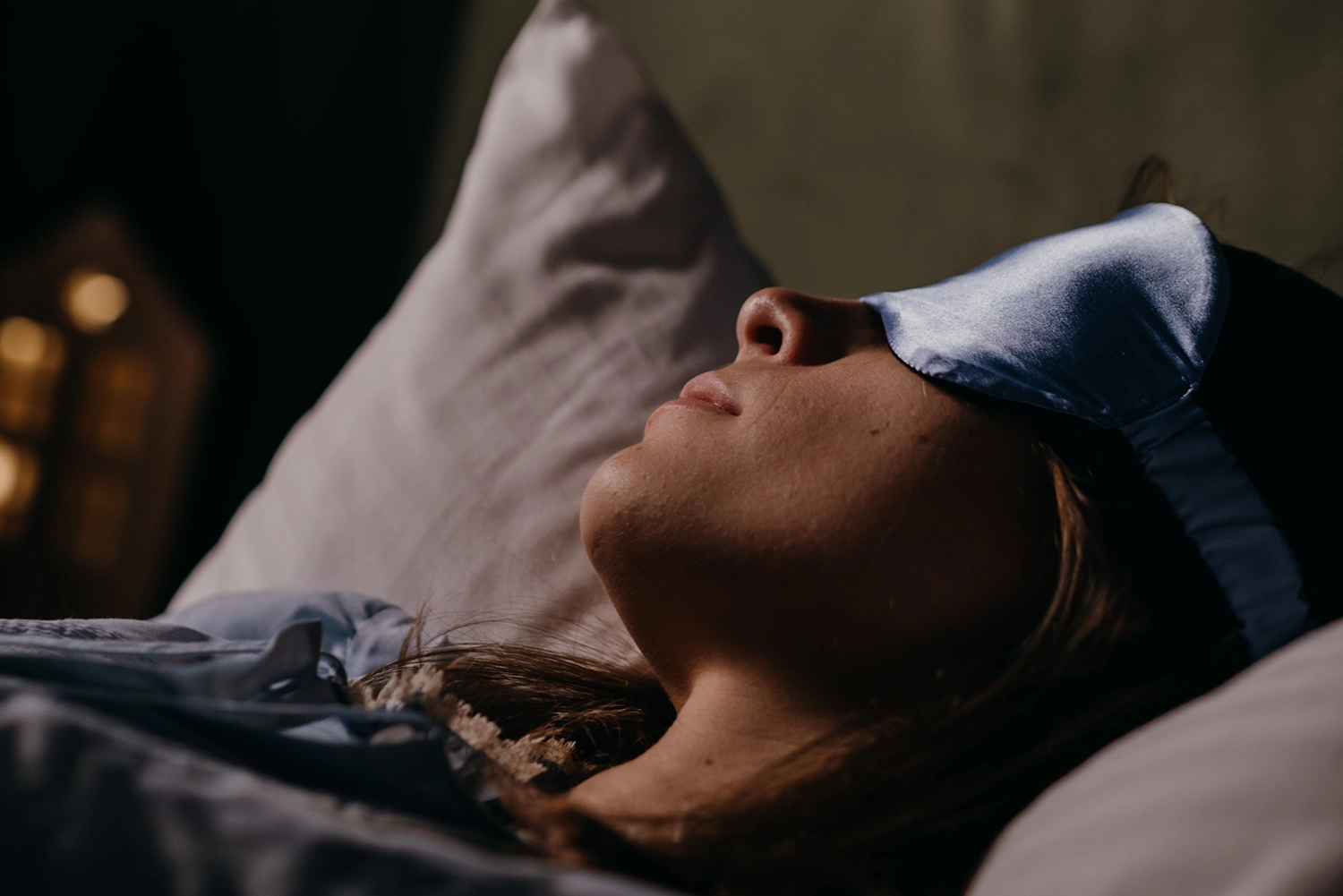Lucid Dreaming and its Benefits for Mental Health

PREMIUM CONTENT for MEMBERS ONLY
Lucid dreaming occurs when a person is aware that they are dreaming and can control or observe the dream. It may feel like being in a movie and watching a movie at the same time. This is a learned skill that can allow people to potentially influence the outcome of a dream, making it easier to come out of a traumatic dream or dream of something positive. Generally, it is quite rare – only about 20% of the population have lucid dreams every month. However, it may be worth practicing as research shows that lucid dreaming could have a positive influence on sleep by reducing insomnia, nightmares, and anxiety.
Lucid Dreaming for Insomnia
Insomnia is a common sleep disorder that affects about 10% of adults. Most treatments include taking supplements and medications, practicing cognitive behavioral therapy, or relaxation techniques. Few studies have evaluated lucid dreaming as a treatment for insomnia. A team of researchers in a recent study gathered 48 adults with insomnia to assess the effects of lucid dreaming on their sleep patterns. They had the participants attend four training sessions for two weeks to learn how to practice lucid dreaming techniques at home. This included tasks such as recalling dreams, checking whether they were awake or daydreaming, and visualizing how to become lucid in dreams. After one month of training, over 75% of the participants had at least one lucid dream. Once they completed their questionnaires, the participants revealed a decrease in insomnia, anxiety, and depressive symptoms. Interestingly, those who experienced a lucid dream had a greater decrease in insomnia than those who did not. This may be explained by some participants experiencing insomnia due to nightmares – if lucid dreaming helped them reduce the frequency of nightmares, this could have resulted in fewer sleep interruptions at night. While the results from this study are promising, further testing is needed to understand the risks of lucid dreaming for insomnia.
Lucid Dreaming for Nightmares
Nightmares are defined as repeated experiences of extremely unpleasant dreams that typically involve perceived threats to survival, safety, or physical well-being and are well-remembered. They usually occur during rapid eye movement (REM) sleep, the same time at which lucid dreaming occurs. This usually happens about 90 minutes after falling asleep and lasts about 10 minutes. In a lucid dream, the dreamer can control or change the narrative of a nightmare. For example, the dreamer may become conscious of the nightmare and intentionally wake up to prevent the nightmare from continuing, or they may stay in the dream but change the scenario (e.g. telling the villain of the dream to leave). Interestingly, lucid dreaming quite often emerges from nightmares. Learning how to lucid dream to change nightmares may reduce the frequency of nightmares altogether. This may be especially useful in age groups that suffer most from nightmares, such as children and adolescents. However, some populations may not experience the same benefits. Other researchers found that participants with post-traumatic stress disorder (PTSD) who had lucid dreams did not experience any effect on their nightmares. This indicates that more evidence is needed to understand which populations could benefit the most from lucid dreaming.
Lucid Dreaming for Anxiety
Having a sense of control over dreams may contribute to lesser feelings of anxiety. Lucid dreaming could help alleviate generalized anxiety disorder by allowing people to confront and problem-solve subconscious fears or worries. Since most anxiety is related to experiencing a lack of control over a certain situation, lucid dreaming may help by giving people the opportunity to control their dream state. Theoretically, feeling more in control of thoughts and visions during lucid dreaming may be helpful for reducing anxious thoughts during wakefulness. Further research could examine people with anxiety disorders to better understand how lucid dreaming can be a therapeutic tool for anxiety.
How to Lucid Dream
Learning how to lucid dream requires a handful of techniques that can be practiced at home. For example, logging dreams by writing them down in a journal after waking may be helpful way to start. Another practice is known as the Mnemonic Induction of Lucid Dreams (MILD), which involves rehearsing a dream during the day while telling yourself you will be lucid during your next dream. Reality testing is another way to practice lucid dreaming. This includes pausing throughout the day to check whether you are daydreaming. The theory here is to practice being conscious of wakefulness and dream states during the day to be conscious while dreaming during sleep. Out of these techniques, research has found the MILD practice to be the most effective. Combining one or two of these practices could be helpful for quickly learning how to lucid dream. Overall, the research on lucid dreaming for improving sleep and anxiety is promising, but more robust evidence is needed to better understand whether lucid dreaming can be a safe, long-term therapeutic practice for sleep disorders related to anxiety.

Monica Echeverri holds a Master of Science in Human Nutrition and Functional Medicine from the University of Western States and currently works as a food photographer, writer, and recipe developer.
✓ This article was reviewed and approved by Emeran Mayer, MD